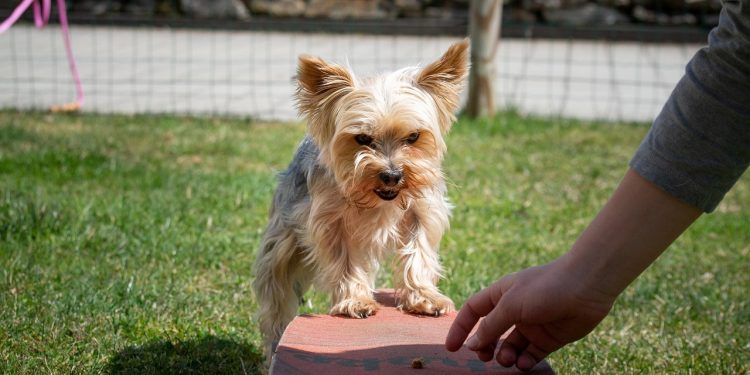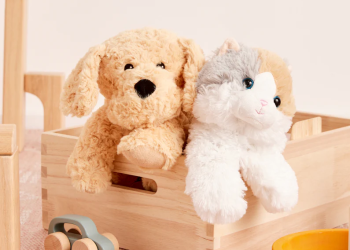Teaching your dog a reliable recall command is one of the most important skills you can instill in your pet. A solid recall ensures your dog comes back to you when called, even in distracting or potentially dangerous situations. This guide provides a comprehensive approach to introducing and mastering recall commands using positive reinforcement and consistent training techniques.
Why Recall Commands Are Essential
Safety
A strong recall can prevent your dog from running into dangerous situations, such as traffic or encounters with aggressive animals.
Freedom
Reliable recall allows you to give your dog more off-leash freedom in safe environments, enhancing their quality of life.
Strengthened Bond
Teaching recall fosters trust and communication between you and your dog, reinforcing your role as their leader and protector.
Key Principles of Recall Training
Positive Reinforcement
Reward your dog with treats, praise, or play whenever they respond to the recall command. Positive experiences make them eager to comply.
Consistency
Use the same word or phrase, such as “come” or “here,” throughout training to avoid confusing your dog.
Patience
Training recall takes time and repetition. Celebrate small successes and remain patient as your dog learns.
Preparing for Recall Training
Choose a Cue Word
Select a clear, simple word or phrase for the recall command, such as “come,” “here,” or your dog’s name followed by “come.”
Pick High-Value Rewards
Use rewards your dog finds irresistible, such as small, soft treats, favorite toys, or enthusiastic praise.
Create a Positive Association
Spend a few days associating the recall word with good things by saying the cue and immediately offering a treat or toy.
Step-by-Step Recall Training
Step 1: Start Indoors
- Begin in a Quiet Space:
- Choose a distraction-free room to introduce the recall command.
- Call Your Dog:
- Use their name followed by the cue word (e.g., “Buddy, come!”).
- Use an enthusiastic tone to grab their attention.
- Reward Immediately:
- When your dog approaches you, reward them with a treat and lots of praise.
- Repeat:
- Practice several times in short sessions to reinforce the behavior.
Step 2: Practice in a Controlled Outdoor Space
- Use a Long Leash:
- Attach a long leash to maintain control while giving your dog more freedom.
- Increase Distance:
- Stand a few feet away and call your dog using the same cue.
- Reward Prompt Response:
- Reward your dog as soon as they come to you, ensuring they associate the action with positive outcomes.
- Add Mild Distractions:
- Gradually introduce distractions, like toys or other people, to test their focus.
Step 3: Generalize the Command
- Vary Locations:
- Practice in different environments, such as parks, backyards, and quiet streets, to help your dog generalize the recall command.
- Increase Distractions:
- Gradually increase the level of distractions, like other dogs, people, or moving vehicles.
- Use Real-Life Scenarios:
- Call your dog during daily activities, such as mealtime or playtime, to reinforce the command in natural settings.
Tips for Success
Make It Fun
- Use an enthusiastic tone and turn recall into a game to keep your dog engaged.
- Play hide-and-seek by calling your dog from different rooms or behind objects.
Reward Generously
- Always reward your dog for coming when called, even if they took longer than expected.
- Use occasional jackpot rewards (multiple treats or extra playtime) to keep them motivated.
Avoid Overuse
- Only use the recall command when necessary to prevent your dog from ignoring it.
- Avoid calling your dog for unpleasant tasks, like baths or nail trims, as this can create a negative association.
Troubleshooting Common Issues
Slow Response
- Solution: Use higher-value rewards or practice in less distracting environments.
Ignoring the Command
- Solution: Return to basics by practicing in a quiet space with minimal distractions.
- Avoid chasing your dog if they don’t respond, as this can turn it into a game.
Breaking the Command
- Solution: Use a leash to prevent your dog from wandering off. Gradually increase freedom as they improve.
Advanced Recall Training
Emergency Recall
- Choose a Special Cue:
- Use a unique word, like “emergency” or “safety,” reserved for urgent situations.
- Practice with High-Value Rewards:
- Use the cue in low-distraction settings and reward generously to establish reliability.
- Test in Realistic Scenarios:
- Simulate emergencies with controlled distractions to ensure your dog responds consistently.
Off-Leash Recall
- Train in a Secure Area:
- Practice in a fenced yard or enclosed park.
- Increase Distance:
- Gradually practice calling your dog from farther away.
- Monitor Progress:
- Only allow off-leash recall in safe, low-risk environments once your dog demonstrates reliability.
Mistakes to Avoid
Punishing Slow Responses
- Never scold your dog for taking too long to respond. This creates a negative association with the recall command.
Using Recall to End Fun
- Avoid calling your dog solely to end enjoyable activities, like playing or exploring. Instead, call them intermittently during these activities, reward them, and let them return to play.
Inconsistent Cues
- Stick to one cue word for recall. Using multiple phrases can confuse your dog and slow progress.
Measuring Progress
Track Improvements
- Keep a journal of your dog’s recall performance, noting response times and their behavior in different environments.
Celebrate Milestones
- Reward significant achievements, such as responding reliably in a high-distraction area, with extra praise and treats.
Teaching recall commands takes time, patience, and consistency, but the effort is well worth it. A reliable recall not only keeps your dog safe but also strengthens your bond and enhances their freedom. With regular practice and positive reinforcement, your dog will eagerly come running whenever you call.












